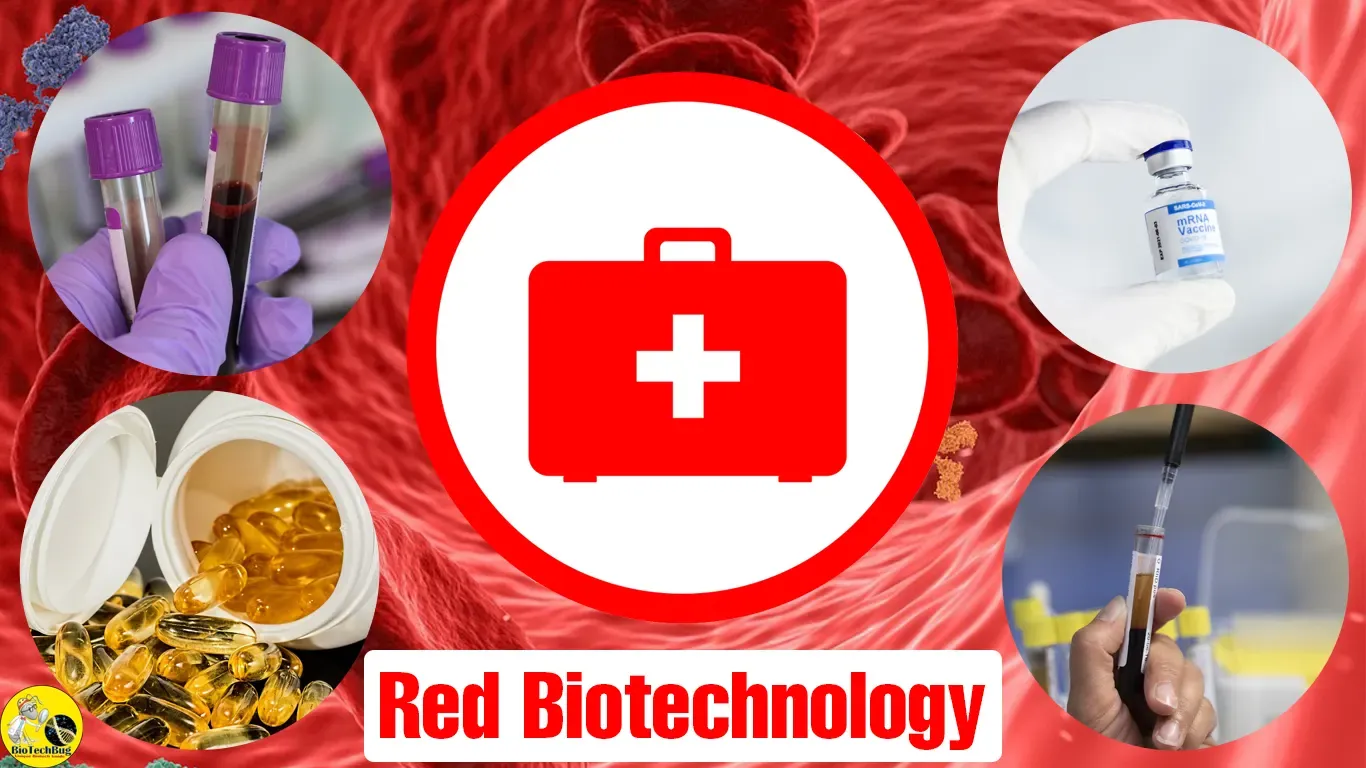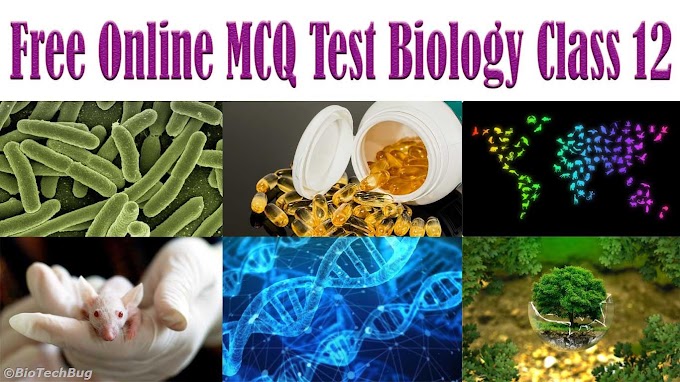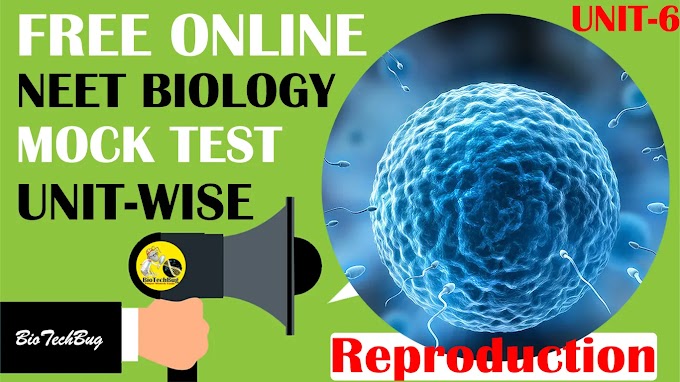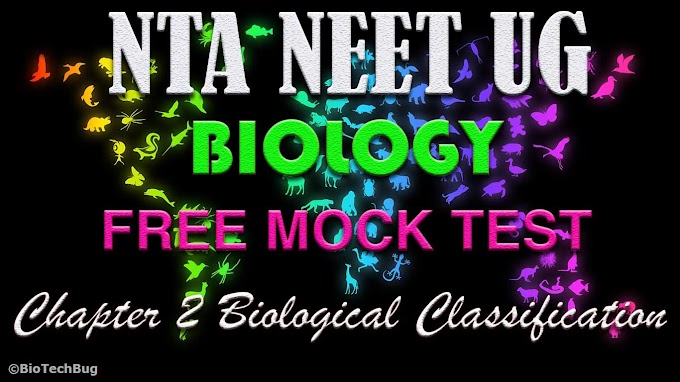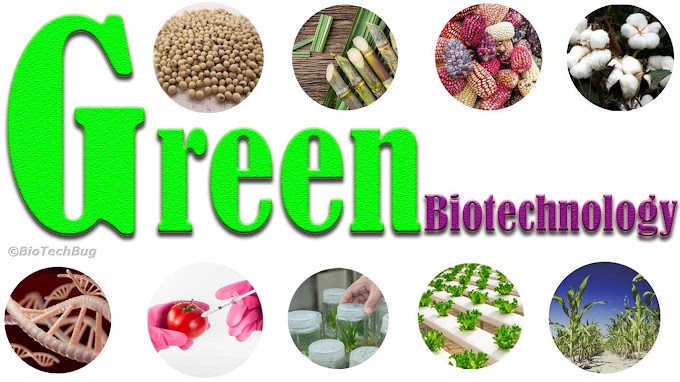Red Biotechnology is among the
top three colors of Biotechnology that are used widely for human welfare. Red
Biotechnology is related to medicine and human health. In other words, Red
biotechnology deals with the development and production of drugs, medicines,
vaccines, antibodies, antibiotics, regenerative therapies, artificial organs,
diagnostics kits, etc. that are necessary for human health.
Pharmaceutical and Medical
Biotechnology comes under Red Biotechnology. Biotechnological techniques
such as gene therapy, animal tissue culture, stem cell research, genetic
engineering, etc. are used in the Red color of Biotechnology.
Red Biotechnology: Advancing Human Health
Red biotechnology is a branch of
biotechnology that focuses on the development of products and technologies for
the diagnosis, treatment, and prevention of diseases. It is a rapidly growing
field with the potential to revolutionize the way we treat and prevent disease.
Red biotechnology uses techniques
such as gene therapy, stem cell research, genetic engineering, and the
development of new drugs and vaccines in medicine.
You Like to Read: Colors of Biotechnology
Applications of Red Biotechnology
Some of the most common
applications of red biotechnology include:
Vaccines: Vaccines are weakened or killed forms of microbes that
are used as the most effective ways to prevent disease. Red biotechnology is
used to develop new vaccines, as well as to improve the efficacy and safety of
existing vaccines. Vaccines are biological products that help the body develop
immunity to specific diseases. They are made from weakened or inactive forms of
pathogens, or from the proteins or DNA of pathogens.
Drugs: Red biotechnology is also used to develop new drugs for the
treatment of diseases. Some of the most successful drugs on the market today,
such as Humira and Enbrel, were developed using red biotechnology. Drugs are
chemical substances that are used to treat diseases. They can be made from natural
products, such as plants or animals, or they can be synthesized in the
laboratory.
Gene therapy: Gene therapy is a promising new treatment approach
that involves the delivery of genetic material to cells in order to correct a
genetic defect or to produce a therapeutic protein. Red biotechnology is used
to develop gene therapy products, as well as to improve the delivery of gene
therapy vectors. It is used to treat a variety of conditions, including cancer,
inherited diseases, and HIV/AIDS.
Diagnostics: Red biotechnology is also used to develop diagnostic
tests for diseases. Molecular diagnostics are tests that use DNA or RNA to
identify diseases. These tests can be used to screen for diseases, to diagnose
diseases early, and to monitor the effectiveness of treatment.
Red biotechnology is a promising
field with the potential to revolutionize the way we treat and prevent disease.
It is a rapidly growing field with many exciting new developments on the
horizon.
You Like to Solve:
MCQs on Biomedical Engineering
Red Biotechnology Examples
Here are some specific examples
of red biotechnology in action that will be more helpful to understand it.
- The development of the HPV vaccine, which has helped to prevent millions of cases of cervical cancer.
- The development of CAR T-cell therapy, which has been shown to be effective in treating leukemia.
- The development of the CRISPR-Cas9 gene editing technology, which has the potential to revolutionize the way we treat genetic diseases.
- The development of the hepatitis B vaccine.
- The development of the gene therapy treatment for cystic fibrosis.
- The development of the molecular diagnostic test for HIV/AIDS.
- The development of stem cell therapy for spinal cord injuries.
These are just a few examples of
the many ways that red biotechnology is being used to improve human health. As
the field of red biotechnology continues to develop, we can expect to see even
more innovative and effective ways to treat and prevent diseases. It is a field
that is constantly evolving, and there is no doubt that it will continue to
play an important role in the future of medicine.
You Should Read: Biotechnology Courses by NPTEL
Benefits of Red Biotechnology
The benefits of red biotechnology
are numerous. It has the potential to:
- Develop new vaccines and drugs that can prevent and treat diseases.
- Improve the diagnosis and treatment of diseases.
- Personalize medicine to better meet the needs of individual patients.
- Improve the quality of health of life for people who suffer from chronic diseases.
- Save lives.
Risks of Red Biotechnology
While red biotechnology has many
potential benefits, there are also some risks associated with its use. These
risks include:
- The possibility is that genetically modified organisms could escape into the environment and harm native species.
- The possibility is that gene therapy could go wrong and cause unintended side effects.
- The ethical concerns surrounding the use of human embryos in research.
Conclusion
Red biotechnology is a powerful
tool with the potential to improve human health in many ways. However, we must
be aware of the risk factors associated with its use. With careful research and
development, red biotechnology can be used to benefit humanity while minimizing
the risks. Overall, red biotechnology is a promising field with the potential
to improve human health in many ways.
